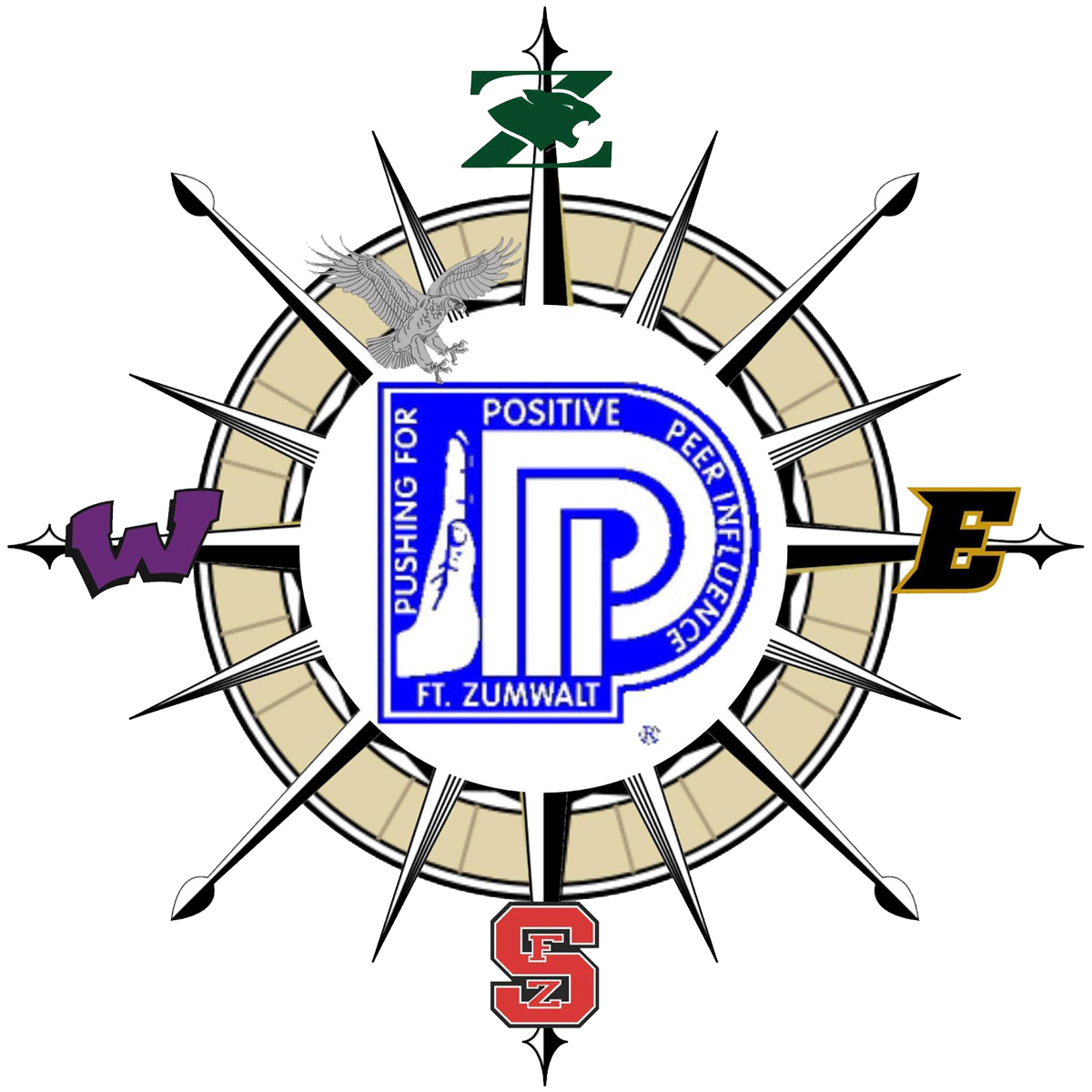West Middle School 6th-grade math teacher Rebecca VanSant is among a small group of educators recognized by the National Science Foundation with the Presidential Award for Excellence in Mathematics and Science Teaching. It's the highest recognition in the nation for a K - 12 science, technology, engineering or math (STEM) teacher.
Up to 110 teachers are recognized each year, two from each state or jurisdiction, for their contributions in the classroom and to the profession. The announcement last month included teachers who were recognized as winners for 2021, 2022 and 2023. ”These awards honor the vital role that America’s teachers and mentors play in shaping the next generation of technical leaders, including scientists, engineers, explorers, and innovators,” The White House said in its release Jan. 13.
VanSant, now in her 32nd year of teaching, started her career, as many teachers do, in her hometown. She left Iowa and joined Fort Zumwalt as a 4th-grade teacher at Forest Park Elementary and later moved to West Middle School in 2008. “I wanted to teach math all day,” she says. “It’s really kind of funny. I was never a strong math student. In fact, I had to advocate for myself because I wanted to repeat Algebra I after I took it in 8th grade. They all told me ‘You got a C. You’re fine.’ I told them, ‘But I don’t understand it!’ Eventually they listened and let me repeat it in 9th grade.”
Vansant says this experience inspires her teaching, and is an example of what adults might not understand about how today’s students are learning math. “It used to be repetition and memorization,” she says of the way she learned math. “We never dug into the why. It's important to allow kids to make sense of the math in different ways and at different paces. Math is about thinking critically and I don't hold kids to one set way of solving a problem. I remember my teacher would just repeat what she already showed me when I asked for help and it was so frustrating because I didn't get it the first time. To have that same thing repeated didn't progress my understanding at all. I keep this in mind as I'm teaching and don't give up trying different approaches until my students really comprehend.”
As the Math Department Chair, she is a leader and a resource for the other math teachers at her school. Together they help students unlock the why. It generates electricity in VanSant’s classroom.
Students work in teams at stations designated by the portraits of big thinkers and achievers: Albert Einstein, Confucius, Muhammad Ali among others. First, students solve a problem on their own. Next, they explain their individual processes to each other. Then the class comes back together to look at the different routes to the same solution. They discuss the pros and cons of each path and why the numbers work together faster or more effectively along the way. They’re strengthening their math skills while learning to work together, to respect the contributions of others on the team and to collaborate to arrive at the most effective method to solve the problem.
“Our kids have such big ideas. They are problem solvers in so many ways,” she says. “I just love them. I know a lot of people think middle schoolers are difficult, but I just love them. They are still kids. Think about it. They are only 11 or 12 years old. We expect so much of them and all they want is for us to laugh at their goofy jokes or listen when they talk. Sometimes, maybe a hug.”
As a PAEMST honoree, VanSant will receive a certificate signed by the president, a trip to Washington, D.C., to attend recognition events and professional development and a cash award from the National Science Foundation.

